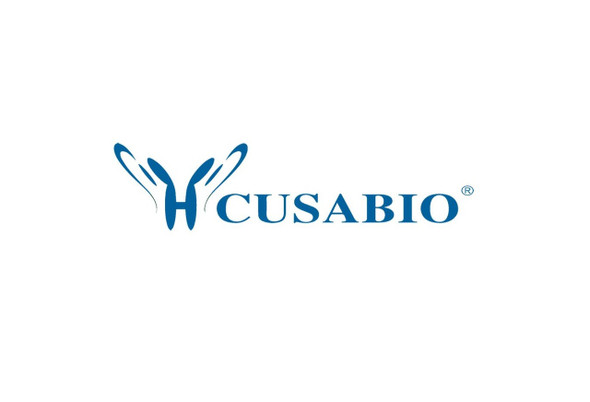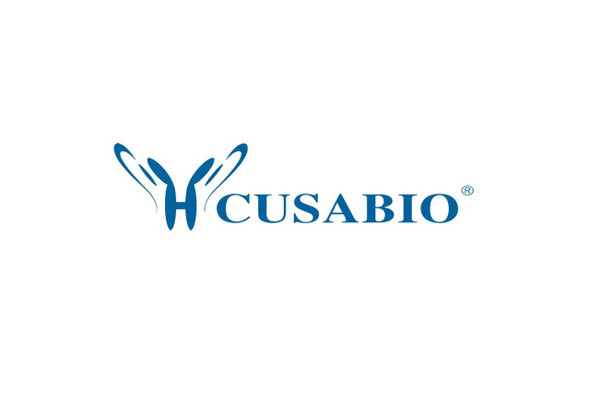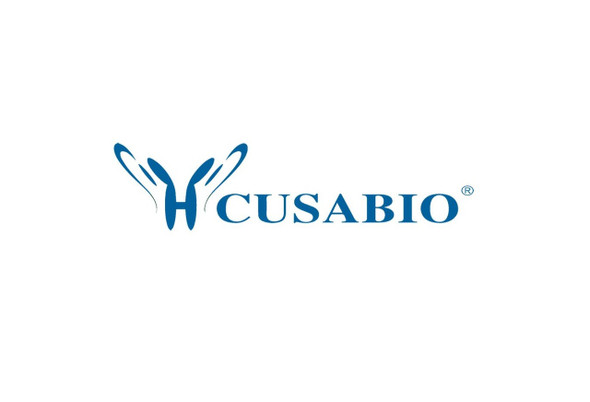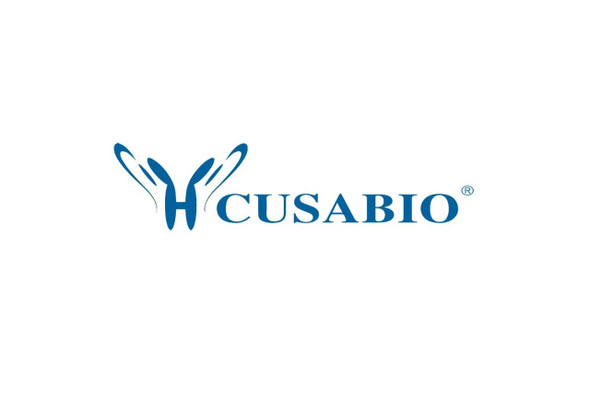Cusabio Human Recombinants
Recombinant Human Actin-related protein 3 (ACTR3) | CSB-BP001249HU
- SKU:
- CSB-BP001249HU
- Availability:
- 3 - 7 Working Days
Description
Recombinant Human Actin-related protein 3 (ACTR3) | CSB-BP001249HU | Cusabio
Alternative Name(s): Actin-like protein 3
Gene Names: ACTR3
Research Areas: Immunology
Organism: Homo sapiens (Human)
AA Sequence: AGRLPACVVDCGTGYTKLGYAGNTEPQFIIPSCIAIKESAKVGDQAQRRVMKGVDDLDFFIGDEAIEKPTYATKWPIRHGIVEDWDLMERFMEQVIFKYLRAEPEDHYFLLTEPPLNTPENREYTAEIMFESFNVPGLYIAVQAVLALAASWTSRQVGERTLTGTVIDSGDGVTHVIPVAEGYVIGSCIKHIPIAGRDITYFIQQLLRDREVGIPPEQSLETAKAVKERYSYVCPDLVKEFNKYDTDGSKWIKQYTGINAISKKEFSIDVGYERFLGPEIFFHPEFANPDFTQPISEVVDEVIQNCPIDVRRPLYKNIVLSGGSTMFRDFGRRLQRDLKRTVDARLKLSEELSGGRLKPKPIDVQVITHHMQRYAVWFGGSMLASTPEFYQVCHTKKDYEEIGPSICRHNPVFGVMS
Source: Baculovirus
Tag Info: N-terminal 10xHis-tagged and C-terminal Myc-tagged
Expression Region: 2-418aa
Sequence Info: Full Length of Mature Protein
MW: 51.1 kDa
Purity: Greater than 85% as determined by SDS-PAGE.
Relevance: ATP-binding component of the Arp2/3 complex, a multiprotein complex that mediates actin polymerization upon stimulation by nucleation-promoting factor (NPF) (PubMed:9000076). The Arp2/3 complex mediates the formation of branched actin networks in the cytoplasm, providing the force for cell motility (PubMed:9000076). Seems to contact the pointed end of the daughter actin filament (PubMed:9000076). In podocytes, required for the formation of lamellipodia downstream of AVIL and PLCE1 regulation (PubMed:29058690). In addition to its role in the cytoplasmic cytoskeleton, the Arp2/3 complex also promotes actin polymerization in the nucleus, thereby regulating gene transcription and repair of damaged DNA (PubMed:17220302, PubMed:29925947). The Arp2/3 complex promotes homologous recombination (HR) repair in response to DNA damage by promoting nuclear actin polymerization, leading to drive motility of double-strand breaks (DSBs) (PubMed:29925947). Plays a role in ciliogenesis (PubMed:20393563).
Reference: "Actin polymerization is induced by Arp2/3 protein complex at the surface of Listeria monocytogenes." Welch M.D., Iwamatsu A., Mitchison T.J. Nature 385:265-269(1997)
Storage: The shelf life is related to many factors, storage state, buffer ingredients, storage temperature and the stability of the protein itself. Generally, the shelf life of liquid form is 6 months at -20℃/-80℃. The shelf life of lyophilized form is 12 months at -20℃/-80℃.
Notes: Repeated freezing and thawing is not recommended. Store working aliquots at 4℃ for up to one week.
Function:
Involvement in disease:
Subcellular Location:
Protein Families:
Tissue Specificity:
Paythway:
Form: Liquid or Lyophilized powder
Buffer: If the delivery form is liquid, the default storage buffer is Tris/PBS-based buffer, 5%-50% glycerol. If the delivery form is lyophilized powder, the buffer before lyophilization is Tris/PBS-based buffer, 6% Trehalose, pH 8.0.
Reconstitution: We recommend that this vial be briefly centrifuged prior to opening to bring the contents to the bottom. Please reconstitute protein in deionized sterile water to a concentration of 0.1-1.0 mg/mL.We recommend to add 5-50% of glycerol (final concentration) and aliquot for long-term storage at -20℃/-80℃. Our default final concentration of glycerol is 50%. Customers could use it as reference.
Uniprot ID: P61158
HGNC Database Link: N/A
UniGene Database Link: N/A
KEGG Database Link: N/A
STRING Database Link: N/A
OMIM Database Link: N/A










